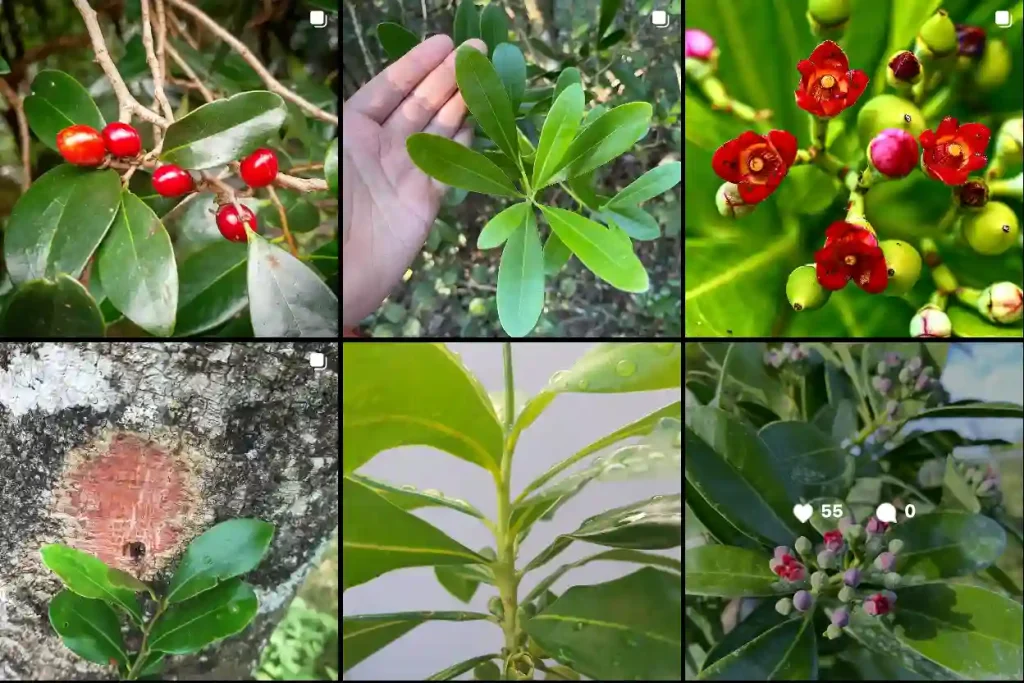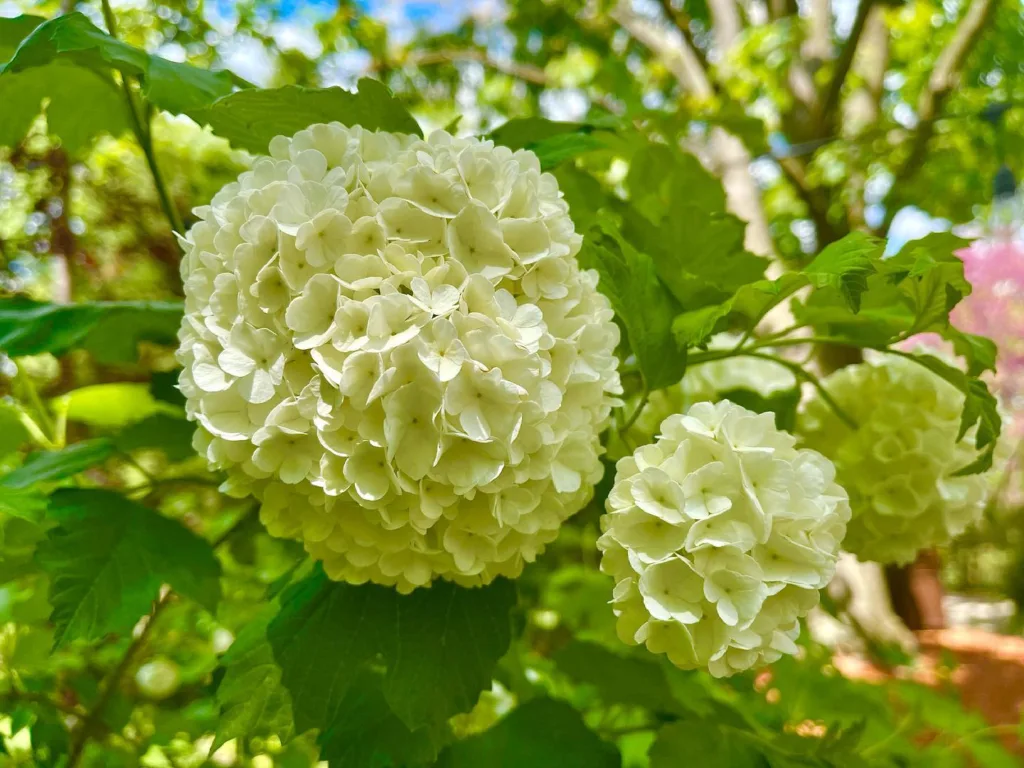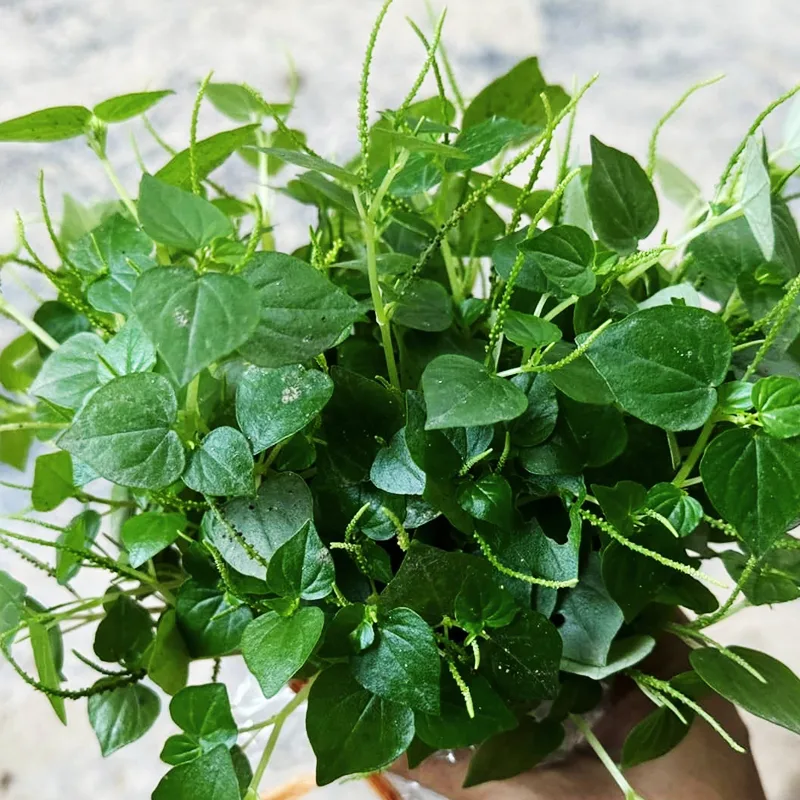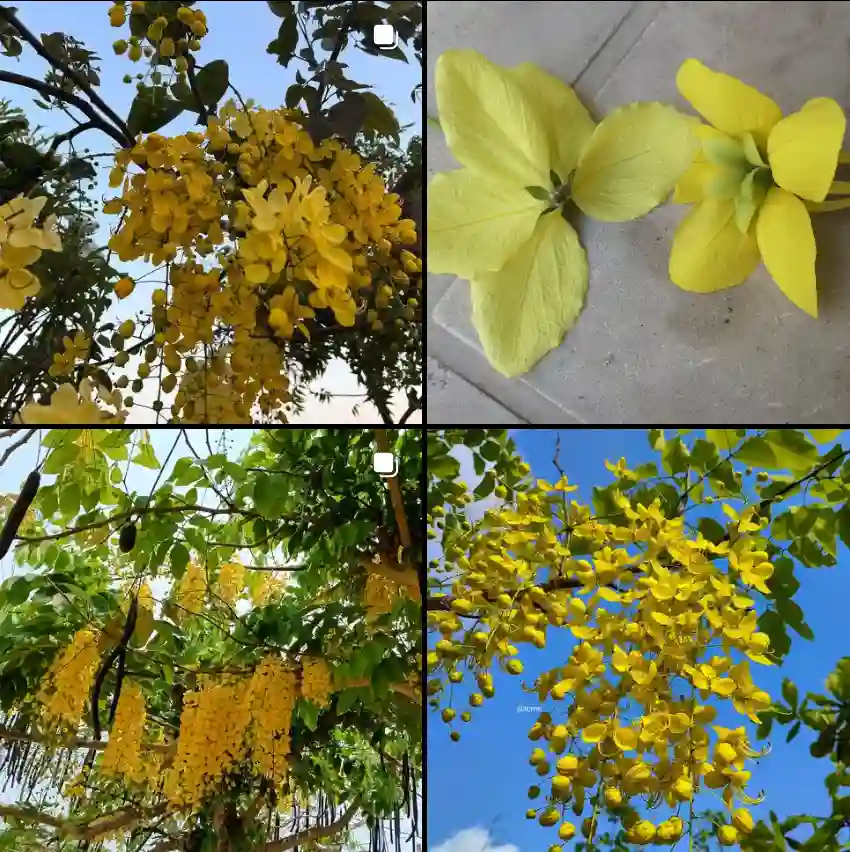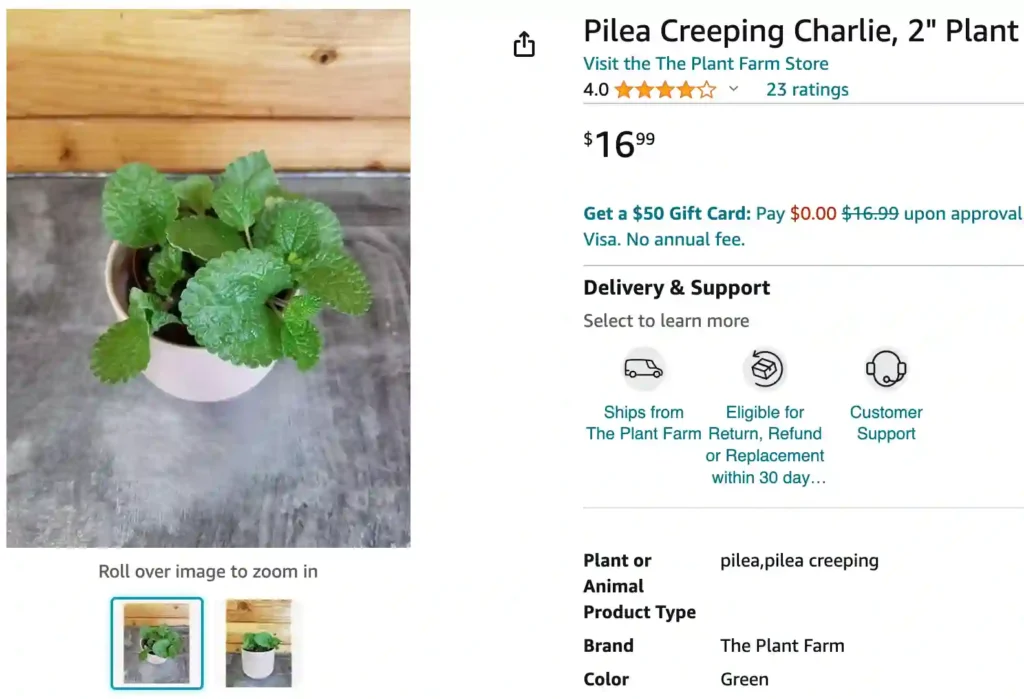
What is Pilea Nummulariifolia?
Hi, Ferb Vu here! Today, we’re diving into the world of Pilea Nummulariifolia, a charming little plant with a surprising amount of personality. Often called Creeping Charlie or Swedish Ivy (though not a true ivy), this fast-growing vine is a favorite among houseplant enthusiasts.
Whether you’re a seasoned plant parent or a curious beginner, this FAQ will equip you with everything you need to know to keep your Pilea Nummulariifolia thriving.
609 Species in Genus Pilea
The world of plant names can be confusing. Pilea Nummulariifolia goes by several common names, including:
- Creeping Charlie: This nickname is shared with another plant, Glechoma hederacea, which can be invasive in some areas.
- Swedish Ivy: While visually similar to ivy, Pilea Nummulariifolia isn’t related to the Hedera genus (true ivies).
Let’s stick with Pilea Nummulariifolia or Creeping Charlie (to avoid confusion with Glechoma hederacea) for clarity.
How Does Pilea Nummulariifolia Compare to Other Indoor Plants?
Here’s how Pilea Nummulariifolia stacks up against a few popular houseplants:
- Pothos: Both are easy-going vining plants, but Pothos tolerates lower light conditions better. Pilea Nummulariifolia boasts faster growth and a more unique leaf shape.
- Snake Plant: Snake plants are nearly indestructible with their low light and water needs. Pilea Nummulariifolia requires slightly more attention but rewards you with a bushier, cascading appearance.
- ZZ Plant: Similar to Snake Plants, ZZ Plants are known for their low maintenance needs. Pilea Nummulariifolia offers faster growth and a more delicate aesthetic.
The choice depends on your preference and growing conditions.
How to care for Pilea Nummulariifolia?
Light: Sun-Kissed or Shade Seeker?
Pilea Nummulariifolia thrives in bright, indirect light. Think dappled sunlight through a sheer curtain. Direct sun can scorch the leaves, while insufficient light leads to leggy growth.
East or north-facing windows are ideal. If your home lacks bright indirect light, consider supplementing with grow lights.
Watering: Keeping the Soil Happy
Finding the watering sweet spot is key to Pilea Nummulariifolia’s success. Aim for consistently moist, but not soggy, soil. Here’s a simple trick:
- Stick your finger about an inch into the soil. If it feels dry, it’s watering time.
- Water deeply until excess water drains from the pot’s drainage holes. Discard the drained water to prevent root rot.
Remember, underwatering is less damaging than overwatering. Adjust your watering frequency based on season, light levels, and pot size.
Feeding: Fertilizer for Flourishing Growth
Pilea Nummulariifolia isn’t a heavy feeder, but a monthly dose of balanced, diluted liquid fertilizer during the growing season (spring and summer) can encourage lush foliage. Opt for a half-strength solution to avoid fertilizer burn.
Skip fertilizing in winter when growth slows.
Propagation: Sharing the Pilea Love
One of the joys of Pilea Nummulariifolia is its ease of propagation. Here are two popular methods:
- Stem cuttings: Snip a healthy stem with a few leaves. Dip the cut end in rooting hormone (optional) and plant it in a pot with moist, well-draining soil.
- Water propagation: Place a stem cutting with nodes in a jar of fresh water. Change the water every few days until roots develop, then transplant it into a pot.
Both methods are relatively simple and offer a rewarding way to expand your Pilea collection or share the plant with friends.
Common Problems and Solutions
Even the most dedicated plant parent encounters occasional issues. Let’s address some common challenges with Pilea Nummulariifolia:
- Leggy growth: This indicates insufficient light. Move your plant to a brighter location.
- Droopy leaves: Underwatered! Increase watering frequency but avoid oversaturation.
- Yellowing leaves: Overwatering or nutrient deficiency are possible culprits. Reduce watering and consider fertilizing during the growing season.
- Pests: Mealybugs and spider mites can occasionally bother Pilea Nummulariifolia. Neem oil spray or insecticidal soap are effective treatments.
Early detection and intervention are key to resolving most issues.
Conclusion: A Rewarding Addition to Your Plant Family
Pilea Nummulariifolia is a delightful houseplant with its charming, puckered leaves and cascading growth habit. With its moderate care requirements and ease of propagation, it’s a perfect choice for both seasoned plant enthusiasts and curious beginners. With a little TLC, your Pilea Nummulariifolia will reward you with vibrant foliage and a touch of cascading whimsy in your home.
If i die, water my plants!
